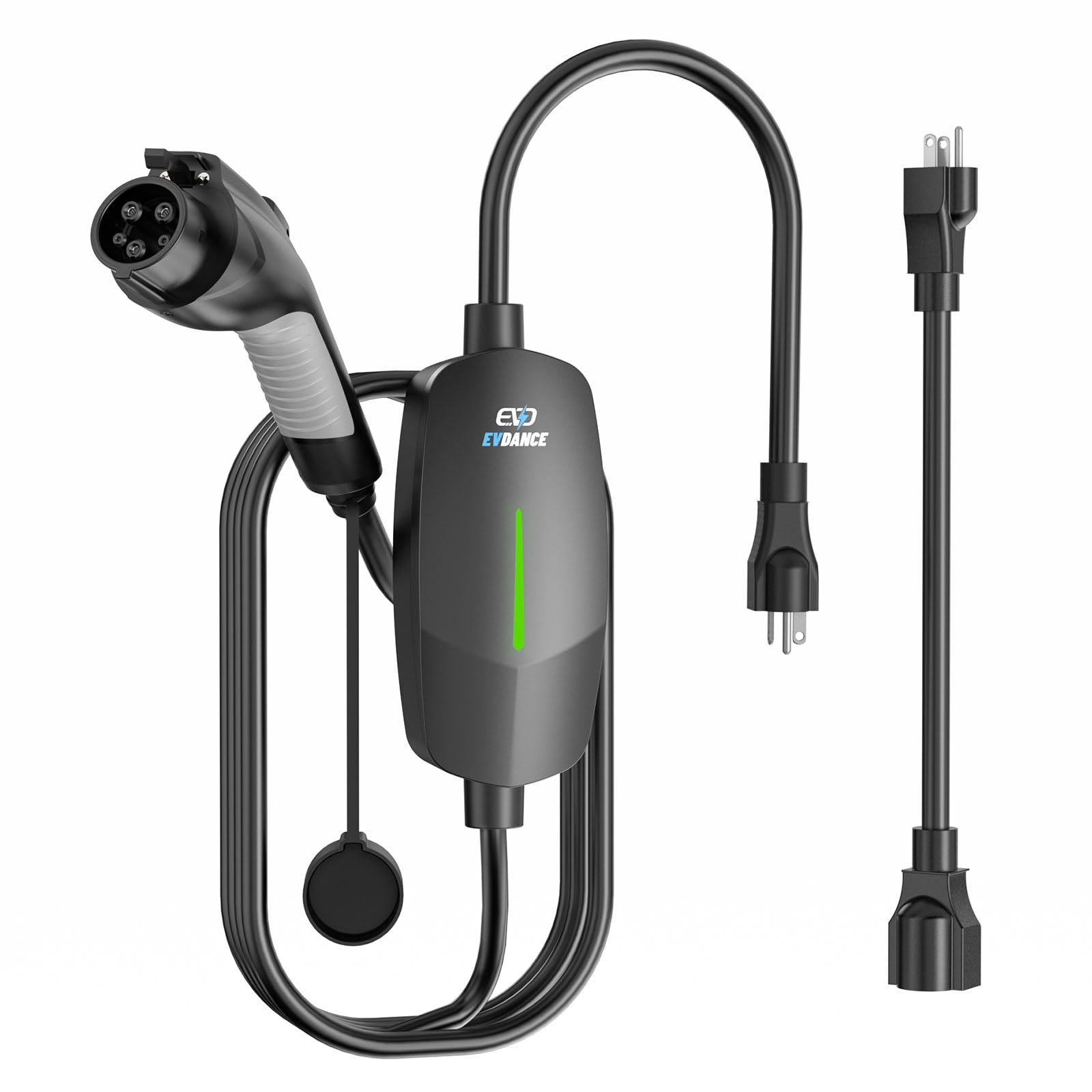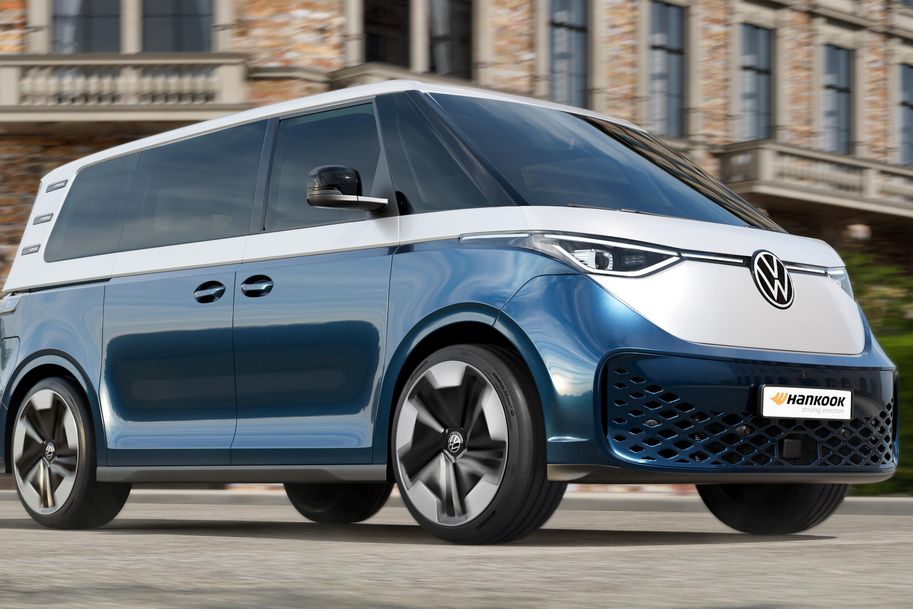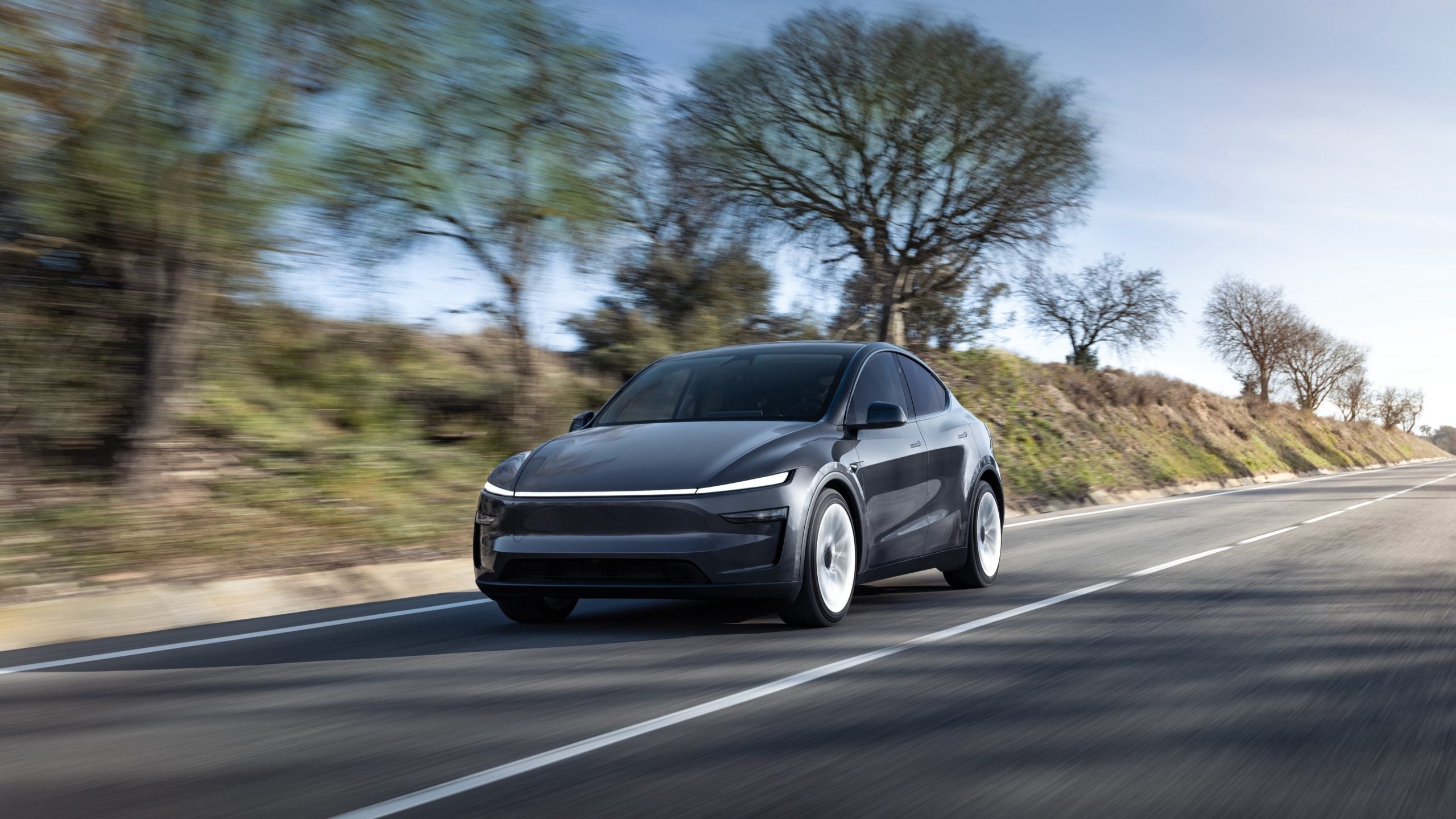Electric vehicles (EVs) have revolutionized transportation, offering a sustainable and eco-friendly alternative to traditional combustion engine cars. Central to the widespread adoption of EVs is their charging infrastructure, which plays a pivotal role in the user experience. One of the critical aspects affecting EV ownership is the speed at which these vehicles can be charged. Understanding the charging capabilities of different outlets, such as the NEMA 5-15, NEMA 6-20, and NEMA 14-50, is fundamental for EV owners to optimize their charging process.
Join us as we navigate through the intricacies of EV charging, exploring the potentials and limitations associated with NEMA 5-15, NEMA 6-20, and NEMA 14-50 outlets, ultimately empowering EV enthusiasts to optimize their charging experience and adapt to the evolving landscape of electric mobility.EVDANCE picks different outlets for your electric car
I.NEMA 5-15 Charging
1. Description and Power Output:
- The NEMA 5-15 is a standard household outlet prevalent in the U.S.
- It operates at 120 volts with a typical current rating of 15 amps.
- The power output of a NEMA 5-15 outlet ranges from 1.4 to 1.9 kW.
2. Charging Speed for EVs:
- Charging an EV using a NEMA 5-15 outlet is relatively slow.
- Generally provides approximately 3-5 miles of range per hour of charging.
- This charging rate is suitable for overnight charging but might be insufficient for rapid replenishment.
3. Considerations and Limitations:
- Limited power output may not meet the needs of high-capacity EV batteries.
- It's suitable for light usage or as a backup charging option.
- May require adapters or specialized EVSE (Electric Vehicle Supply Equipment) for compatibility.
The NEMA 5-15 outlet, standard in many U.S. households, operates at 120 volts with a typical current rating of 15 amps, providing a power output of 1.4 to 1.9 kW. While its charging speed for EVs is relatively slow, offering about 3-5 miles of range per hour, it serves well for overnight charging needs. However, due to its limited power output, it might not adequately support high-capacity EV batteries. It's best suited for light usage scenarios, serving as a convenient overnight or backup charging option when rapid replenishment isn't a pressing requirement. EVDANCE presents this NEMA 5-15 EV Charger series which is ideal for use at home.

Our two portable chargers are 6-20 plugs by default, but the package comes with a NEMA 6-20 to 5-15, so you can use NEMA 5-15 plugs normally.
II. NEMA 6-20 Charging
1. Description and Power Output:
- NEMA 6-20 outlets operate at 240 volts in the U.S.
- They provide a current rating of 20 amps.
- The power output of a NEMA 6-20 outlet is approximately 3.8 kW.
2. Charging Speed for EVs:
- Charging an EV using a NEMA 6-20 outlet offers faster charging compared to NEMA 5-15.
- Provides around 10-15 miles of range per hour of charging.
- Considered a moderate-speed charging option suitable for daily charging needs.
3. Comparison with NEMA 5-15:
- Significantly faster charging rate compared to NEMA 5-15 due to higher voltage and current.
- Offers approximately double or triple the charging speed of NEMA 5-15.
4. Suitability for Different EV Models:
- Well-suited for mid-range EVs with moderate battery capacities.
- May still be insufficient for high-capacity EVs but can serve as a more efficient alternative to standard household outlets.
The NEMA 6-20 outlet, operating at 240 volts with a 20-amp current rating and a power output of approximately 3.8 kW, presents a notable advancement in charging speed compared to the NEMA 5-15. Offering a range of 10-15 miles per hour of charging, it stands as a moderate-speed option ideal for daily charging needs. Its significantly faster charging rate, nearly double or triple that of the NEMA 5-15, positions it as a more efficient alternative for mid-range EVs with moderate battery capacities. While it may fall short for high-capacity EVs, the NEMA 6-20 outlet serves as an effective choice for faster, more regular charging without the rapid replenishment demands of higher-capacity vehicles.
III. NEMA 14-50 Charging
1. Description and Power Output:
- NEMA 14-50 outlets operate at 240 volts in the U.S.
- They provide a higher current rating of 50 amps.
- The power output of a NEMA 14-50 outlet is around 9.6 kW.
2. Charging Speed for EVs:
- Charging an EV using a NEMA 14-50 outlet offers significantly faster charging compared to NEMA 5-15 and NEMA 6-20.
- Provides approximately 25-30 miles of range per hour of charging, significantly faster than the other outlets mentioned.
3. Comparison with NEMA 5-15 and NEMA 6-20:
- NEMA 14-50 delivers notably higher power compared to both NEMA 5-15 and NEMA 6-20 outlets.
- Offers almost triple the charging speed of NEMA 6-20 and around 5-6 times the speed of NEMA 5-15.
4. Compatibility and Benefits for EV Owners:
- Highly compatible with a wide range of EV models, especially those with larger battery capacities.
- Offers faster charging suitable for both daily use and occasional rapid charging needs.
- Considered a versatile option for EV owners seeking quicker and more efficient charging.
IV. Factors Affecting Charging Speed
1. Onboard Charger Specifications:
- Importance of the EV's built-in charger in determining charging rates.
- Variations in onboard charger capabilities among different EV models.
- Higher-capacity chargers enable faster charging from compatible outlets.
2. EV Battery Capacity and Technology:
- Impact of battery size and chemistry on charging speed.
- High-capacity batteries take longer to charge fully, affecting charging rates.
- Advancements in battery technology (e.g., solid-state batteries) may influence charging efficiency.
3. Charging Station Variations:
- Differences in charging stations' power output and capabilities.
- Level 1, 2, and DC fast chargers offering varying charging speeds.
- Compatibility of EVs with different charging station types affecting overall charging rates.
VI. Considerations for EV Owners
1. Choosing the Right Charging Option:
- Evaluating available charging outlets (NEMA 5-15, NEMA 6-20, NEMA 14-50, etc.).
- Considering the daily driving habits and charging requirements.
- Exploring options for installing dedicated home charging stations or using public charging networks.
2. Understanding EV Charging Needs:
- Assessing the EV's battery capacity and charging speed requirements.
- Planning for daily charging versus occasional rapid charging needs.
- Factoring in future EV model upgrades and their potential charging requirements.
3. Future Trends in Charging Infrastructure:
- Exploring advancements in charging technologies (e.g., wireless charging, ultra-fast chargers).
- Considering the expansion of public charging networks and their accessibility.
- Potential impacts of government policies and incentives on charging infrastructure.
The NEMA 14-50 outlet, operating at 240 volts with a robust 50-amp current rating and a potent power output of around 9.6 kW, stands as a high-performance charging solution for electric vehicles. Its charging speed surpasses both the NEMA 5-15 and NEMA 6-20 outlets by a substantial margin, providing approximately 25-30 miles of range per hour, significantly faster than other commonly used outlets. Offering almost triple the charging speed of NEMA 6-20 and 5-6 times the speed of NEMA 5-15, it's a powerhouse option suitable for a wide array of EV models, especially those equipped with larger battery capacities. This outlet caters to daily charging needs while also facilitating rapid replenishment when required, presenting itself as a versatile and efficient choice for EV owners seeking optimal charging performance.
EVDANCE also offers the NEMA 6-20 Portable EV Charger, which can be used at home or in the car, and can charge up to 9.6W.
Depending on the environment, EV car brands, and individual needs for using an electric vehicle, selecting the right charger varies. Different chargers come with distinct plugs. It's essential to gain a comprehensive understanding before purchasing, considering various factors, and then making an informed choice!








Share:
DIY vs. Professional Installation: Why Hiring an Expert for Your At-Home EV Charger is Crucial